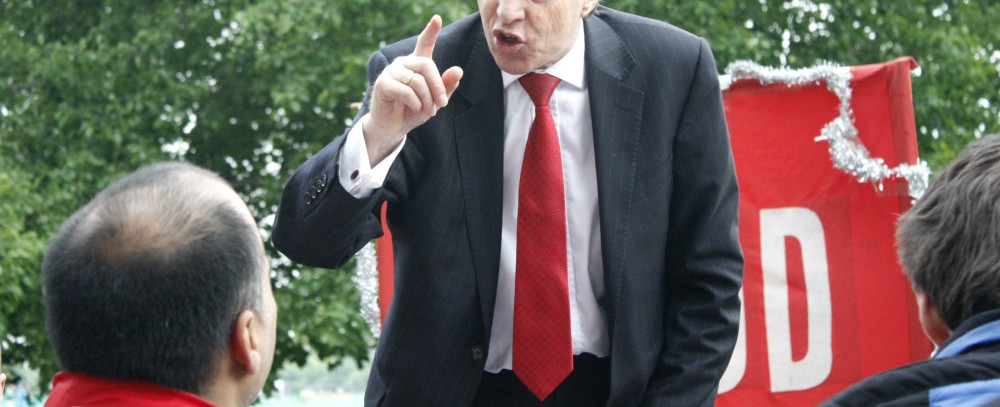Are we sure we’re right?
When we fall in love with our own moral positions, we lose sight of how to stand up against evil.
A similar pattern emerges every time there is a mass shooting. Media report on the number of dead and wounded. Then coverage moves on to explore the shooter’s motives. The public weighs in as well, combining guesswork and curiosity as people puzzle over how such a dastardly act could happen. “Good people don’t do this kind of thing,” the reasoning goes. “Only bad ones do.”
This thinking helps feed the narrative that God makes only two kinds of people. One kind is righteous and can be trusted to behave honorably regardless of what they have in their hands. The other is unrighteous and cannot be trusted for any good.
The problem with this crude dichotomy is that it rests on a naive view of human nature. “If only it were all so simple,” writes Alexander Solzhenitsyn. If only evil people committing evil deeds could be separated from the rest of us, we might be fine, he implies. “But the line dividing good and evil cuts through the heart of every human being.”






